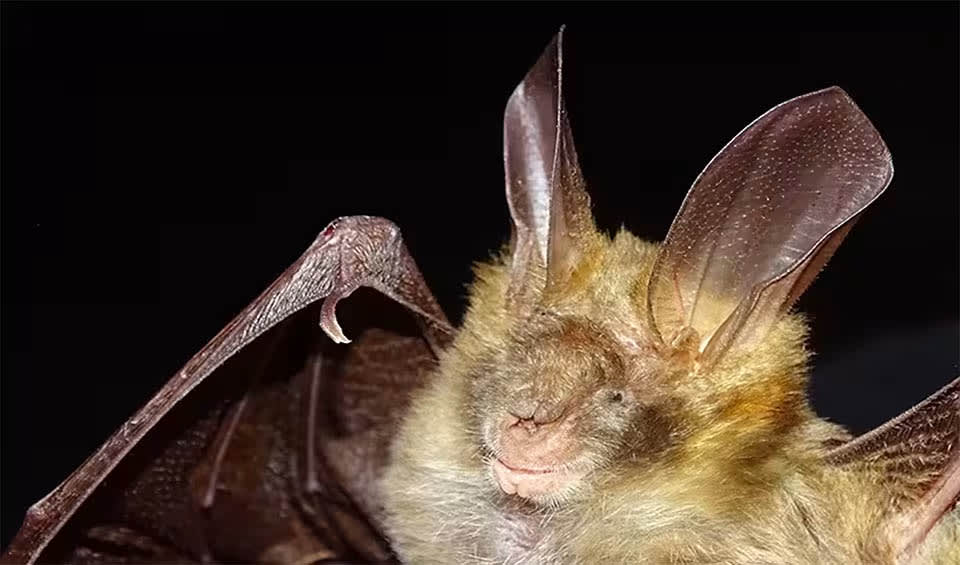Distinguished by a unique facial feature from which its name derives: a deep, vertical slit that extends from the base of its ears to its nostrils, bisecting the nose leaves. This distinctive slit not only contributes to its characteristic appearance but also plays a critical role in its echolocation abilities, allowing for the precise emission and reception of sound waves. The fur of the Egyptian slit-faced bat is silky and elongated, displaying a color palette that ranges from shades of grey and murky brown to light red, contrasted by a white to light grey underbelly.
These bats exhibit a fascinating behavioral adaptation concerning their roosting habits. They typically utilize dual roosting sites – one serving as a day roost for resting and another as a night roost, which they occupy for only a few hours before embarking on their nocturnal foraging activities. This behavior may serve multiple purposes, including predator avoidance and temperature regulation, reflecting the bat’s ability to adapt to its environment to optimize survival.
As generalist-opportunistic feeders, Egyptian slit-faced bats display remarkable dietary flexibility. Their feeding strategy is highly adaptable, with a diet that shifts according to seasonal variations in prey availability. During the spring, they primarily consume beetles (Coleoptera), while in the summer, their diet shifts to grasshoppers and crickets (Orthoptera). By autumn, they turn to true bugs (Hemiptera), and in winter, they predominantly feed on moths and butterflies (Lepidoptera). This adaptability in feeding habits underscores the bat’s role in controlling insect populations, contributing to the ecological balance within its habitat.
Distribution
 Angola
Angola Benin
Benin Botswana
Botswana Burkina Faso
Burkina Faso Burundi
Burundi Cameroon
Cameroon Central Af. Rep.
Central Af. Rep. Chad
Chad Congo-Brazzaville
Congo-Brazzaville Côte D’ivoire
Côte D’ivoire DR Congo (Kinshasa)
DR Congo (Kinshasa) Djibouti
Djibouti Egypt
Egypt Eritrea
Eritrea Eswatini
Eswatini Ethiopia
Ethiopia Gambia
Gambia Ghana
Ghana Guinea-Bissau
Guinea-Bissau Guinea
Guinea Israel
Israel Jordan
Jordan Kenya
Kenya Lebanon
Lebanon Lesotho
Lesotho Liberia
Liberia Libya
Libya Malawi
Malawi Mali
Mali Mauritania
Mauritania Morocco
Morocco Mozambique
Mozambique Namibia
Namibia Niger
Niger Nigeria
Nigeria Rwanda
Rwanda Saudi Arabia
Saudi Arabia Senegal
Senegal Sierra Leone
Sierra Leone Somalia
Somalia South Africa
South Africa Sudan
Sudan Tanzania
Tanzania Togo
Togo Uganda
Uganda Yemen
Yemen Zambia
Zambia Zimbabwe
ZimbabweAnything we've missed?
Help us improve this page by suggesting edits. Glory never dies!
Suggest an editGet to know me
Terrestrial / Aquatic
Altricial / Precocial
Polygamous / Monogamous
Dimorphic (size) / Monomorphic
Active: Diurnal / Nocturnal
Social behavior: Solitary / Pack / Herd / Colony
Diet: Carnivore / Herbivore / Omnivore / Piscivorous / Insectivore
Migratory: Yes / No
Domesticated: Yes / No
Dangerous: Yes / No




